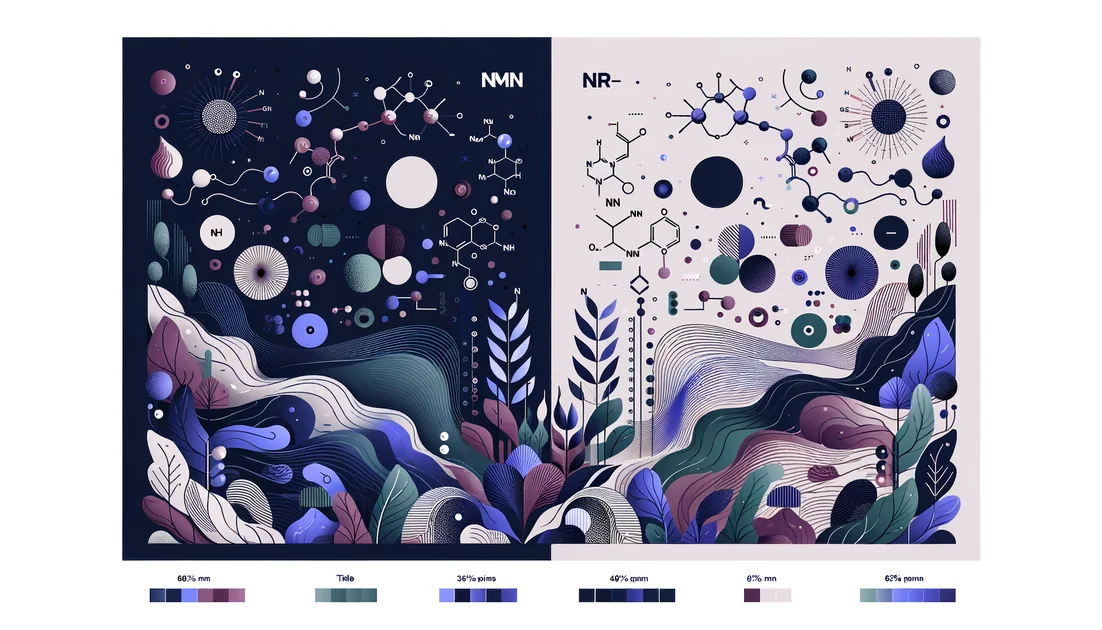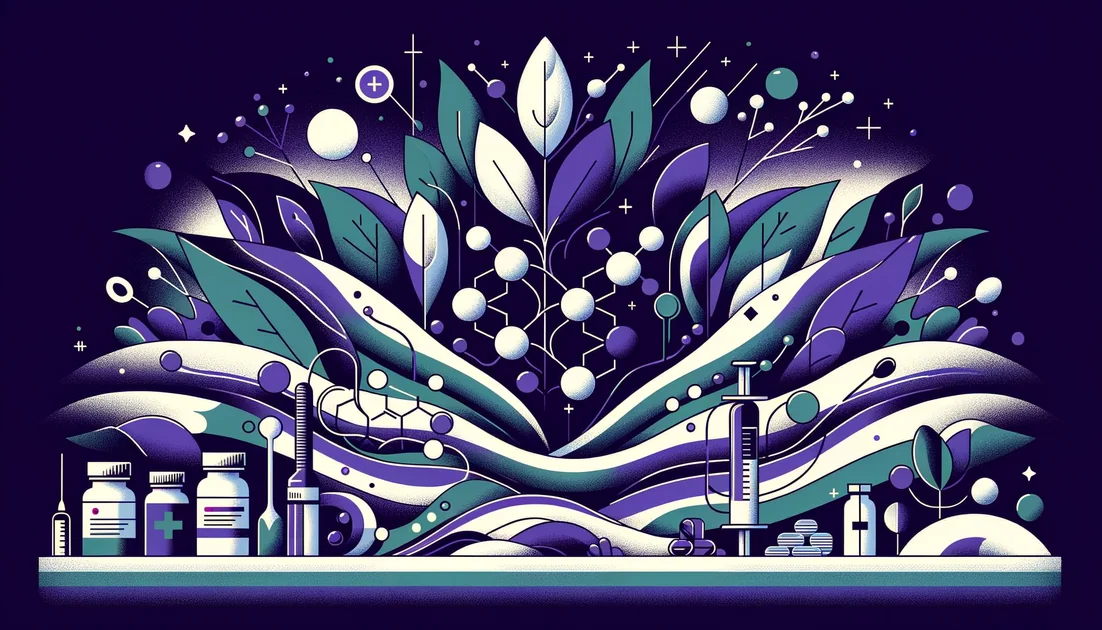
Top 10 Evidence-Based Recommendations
We sifted 40+ randomized trials and meta-analyses—not brand blogs—to rank what actually moves bone mineral density (BMD) or fracture risk in post-menopausal women. Clear winners, exact doses, no affiliate fluff.
Quick Reference Card
Vitamin K2 (MK-7) 180 mcg/day
Prunes 50 g/day
Collagen peptides 5 g/day
Calcium citratereach 1,000–1,200 mg/day
Vitamin D3 800–2,000 IU/day (no megadoses)
Magnesium citrate/glycinate 200–400 mg/day
Show all 10 supplements...
Silicon (ch-OSA) 6 mg Si/day
Probiotic L. reuteri 6475 (1×10^10 CFU/day)
Potassium bicarbonate/citrate 40–90 mEq/day (medical oversight)
Protein 1.0–1.2 g/kg/day
Ranked Recommendations
#1Vitamin K2 (MK-7)Top Choice
The "switch" that locks calcium into bone
Dose: 180 mcg MK-7 daily with a meal (fat-containing)
Time to Effect: 6–12 months for markers; 12–36 months for BMD
How It Works
Evidence
Women losing BMD despite adequate calcium/Vit D; those on low-dose bisphosphonates seeking adjuncts
Interacts with warfarin/other vitamin-K antagonists—do not start without prescriber coordination. [6]
#2Prunes (dried plums)Strong Alternative
A food that quietly preserves your hips
Dose: 50 g daily (5–6 prunes)
Time to Effect: 6–12 months
How It Works
Polyphenols and potassium in prunes reduce osteoclast activity (resorption) and preserve trabecular structure. [7]
Evidence
Osteopenic women who prefer food-first strategies or can't tolerate many pills
Start with 25 g if prone to GI upset; adjust for diabetes carb budgets
Split dose (AM/PM) to minimize GI effects; combine with resistance training for synergy.
#3Specific collagen peptides (type I)Worth Considering
Scaffolding for new bone—shown in humans
Dose: 5 g/day specific collagen peptides (SCP)
Time to Effect: 6–12 months
How It Works
Collagen forms ~90% of bone's organic matrix. Providing peptide fragments (rich in hydroxyproline) upregulates osteoblast activity and increases bone formation markers. [9]
Evidence
Low bone mass with low protein intake; those already taking calcium/Vit D
Allergens (bovine/marine source); rare mild GI upset
Take with 50–100 mg vitamin C to support collagen cross-linking; pairing with silicon may further support matrix quality. [11]
#4Calcium (citrate preferred)
Foundation mineral—form and dosing matter
Dose: Total 1,000–1,200 mg elemental/day from diet + supplements (split into 300–500 mg doses)
Time to Effect: Immediate on labs; months to influence bone markers
How It Works
Evidence
Those not meeting 1,000–1,200 mg/day from food; PPI users; low acid
Kidney stone risk increases slightly when over-supplemented; split doses with meals and avoid co-dosing with thyroid meds/quinolones/tetracyclines. [16]
Prioritize diet (dairy, calcium-set tofu, greens). Use citrate to "top up" gaps, 300–500 mg at a time.
#5Vitamin D3 (cholecalciferol)
The calcium gatekeeper—don't megadose
Dose: 800–2,000 IU/day; target 25(OH)D ~20–50 ng/mL
Time to Effect: 6–12 weeks to replete; months for skeletal effects
How It Works
Increases intestinal calcium absorption and supports mineralization; deficiency raises PTH and accelerates bone loss. [17]
Evidence
Documented deficiency, low sun exposure, malabsorption, or institutionalized adults
Avoid large bolus dosing; watch interactions with thiazides/hypercalcemia
Take with your largest meal (fat helps absorption). Pair with K2 and calcium for synergy. [4]
#6Magnesium (citrate or glycinate)
The quiet cofactor for vitamin D and bone quality
Dose: 200–400 mg elemental Mg/day, preferably at night
Time to Effect: 2–8 weeks for cramps/sleep; months for bone markers
How It Works
Evidence
Low dietary Mg, PPI/diuretic users, muscle cramps, constipation
Loose stool (titrate); separate 2+ hours from thyroid/bisphosphonates/antibiotics
Citrate for constipation; glycinate for gentle GI. Aim for Ca:Mg near 2:1.
#7Silicon (choline-stabilized orthosilicic acid, ch-OSA)
Matrix builder that helps collagen grab minerals
Dose: 6 mg elemental Si/day alongside Ca + D3
Time to Effect: 6–12 months
How It Works
Orthosilicic acid stimulates type I collagen synthesis and early mineralization—improving the "rebar" collagen network so calcium can harden it. [11]
Evidence
12-month RCT in osteopenic women: ch-OSA plus Ca/D improved bone formation marker PINP vs Ca/D alone and showed subgroup femoral neck BMD benefits; safe and well-tolerated. [11]
Osteopenia with low collagen/protein intake; adjunct to collagen peptides
Rare GI upset; take with water, away from tea (tannins bind silica)
Stack with collagen peptides and vitamin C for a matrix-first strategy.
#8Probiotic Lactobacillus (L. reuteri ATCC PTA 6475)
Gut-bone axis: small but real effects in the 70s
Dose: 1×10^10 CFU daily (strain-specific)
Time to Effect: 6–12 months
How It Works
Modulates gut inflammation and calcium handling; reduces osteoclast activation via immune signaling. [23]
Evidence
Adults 70–80 with low BMD; those with GI dysbiosis/inflammation
Choose the exact strain; effects are strain- and age-specific
If you're 50–60, prioritize prunes/K2/collagen; consider probiotics later if bone loss accelerates.
#9Alkali salts (potassium bicarbonate/citrate)
Neutralize diet acid load to slow resorption
Dose: 40–90 mEq/day (split), with medical guidance
Time to Effect: 4–12 weeks for markers; 12–24 months for BMD
How It Works
Evidence
High animal-protein/low produce diets; high urinary calcium; metabolic acidosis
Avoid with CKD, ACE-I/ARB, potassium-sparing diuretics, or history of hyperkalemia—needs clinician oversight
Easier: hit 8–10 servings/day of fruits/vegetables; if not feasible, discuss alkali therapy with your MD.
#10Protein (total intake)
Not a pill—but low protein weakens bone
Dose: Target 1.0–1.2 g protein/kg/day (higher if frail)
Time to Effect: Weeks for strength; months to years for bone
How It Works
Evidence
Women eating <60–70 g/day; those losing muscle or weight
Renal disease requires individualized targets
Distribute protein (25–35 g/meal), include dairy/soy or whey/casein to boost calcium/protein synergy.
Common Questions
What should I take first if I'm overwhelmed?
Fix the basics for 12 weeks: D3 1,000–2,000 IU/day (if low), calcium citrate to hit 1,000–1,200 mg/day, and MK-7 180 mcg/day. Then add prunes and collagen. [4] [12] [17]
How long until a DXA scan shows change?
Most non-drug supplements need 6–12 months (prunes, collagen) and up to 24–36 months (MK-7). Don't re-scan sooner than 12 months. [4] [7] [9]
Can I take K2 if I'm on blood thinners?
Not with warfarin/VKA unless coordinated with your prescriber; K intake changes affect INR. DOACs are different—still ask your clinician. [6]
Timeline Expectations
Combination Strategies
The Carboxylation Stack (build & lock)
Components:Vitamin K2 (MK-7) 180 mcg + Vitamin D3 1,000–2,000 IU + Calcium citrate 300–500 mg with 2 meals
K2 activates osteocalcin; D3 boosts calcium absorption; citrate supplies mineral and suppresses PTH—together they address absorption + utilization + mineralization better than any single agent. [4] [12] [17]
Breakfast: D3 + MK-7 with a fatty food. With lunch and dinner: 300–500 mg calcium citrate. Recheck 25(OH)D in 8–12 weeks.
Matrix-First Stack (for osteopenia)
Components:Collagen peptides 5 g + Silicon (ch-OSA) 6 mg Si + Vitamin C 100–200 mg
Collagen supplies the scaffold; silicon stimulates collagen synthesis and early mineralization; vitamin C supports cross-linking—this combo improved BMD/formation markers in RCTs. [9] [11]
Morning smoothie: 5 g collagen + ch-OSA drops in water; add 100–200 mg vitamin C.
Anti-Resorption Food Stack (hip-focused)
Components:Prunes 50 g/day + Probiotic L. reuteri 6475 (if 70–80 y) + Potassium alkali (if indicated)
Prunes preserved hip BMD in 12 months; L. reuteri reduced tibial bone loss in women 75–80; alkali lowers resorption—complementary mechanisms. [7] [23] [26]
Daily: 25 g prunes AM + 25 g PM; probiotic with breakfast; discuss potassium citrate/bicarbonate dosing with your clinician if urinary calcium is high.
You might also like
Explore more of our evidence-led investigations, comparisons, and guides across every article style.

Nutricost
Nutricost's Value Paradox: Strong Prices on Basics, Uneven Transparency on Testing

β-Nicotinamide Mononucleotide (NMN) vs Nicotinamide Riboside (NR, as NR chloride)
If you want the most standardized, widely available NAD+ booster with strong human data on NAD+ raising and safety, choose NR. If you're working with a clinician or enrolling in NMN trials, pharmaceutical-grade NMN can also raise NAD+, but retail NMN faces regulatory and quality issues. [1][2][5][8][11][13][14][16]


L-Carnitine
A molecule named for flesh has a split reputation: in one ICU, it helps a failing heart wake up; in another clinic, the same molecule—filtered through the wrong gut microbes—turns into a chemical whisper linked with clogged arteries. Which story is true? Both.


Tocotrienols
The stealthier cousins of vitamin E—built with springy tails that move differently in cell membranes and behave differently in your body.











